TOP-RATED BATTERY BACKUP SYSTEMS
- At LA Solar Group, we offer the best batteries on the market at an unbeatable value
- Wide selection of batteries from trusted manufacturers
- Residential, commercial, government, and non-profit installations
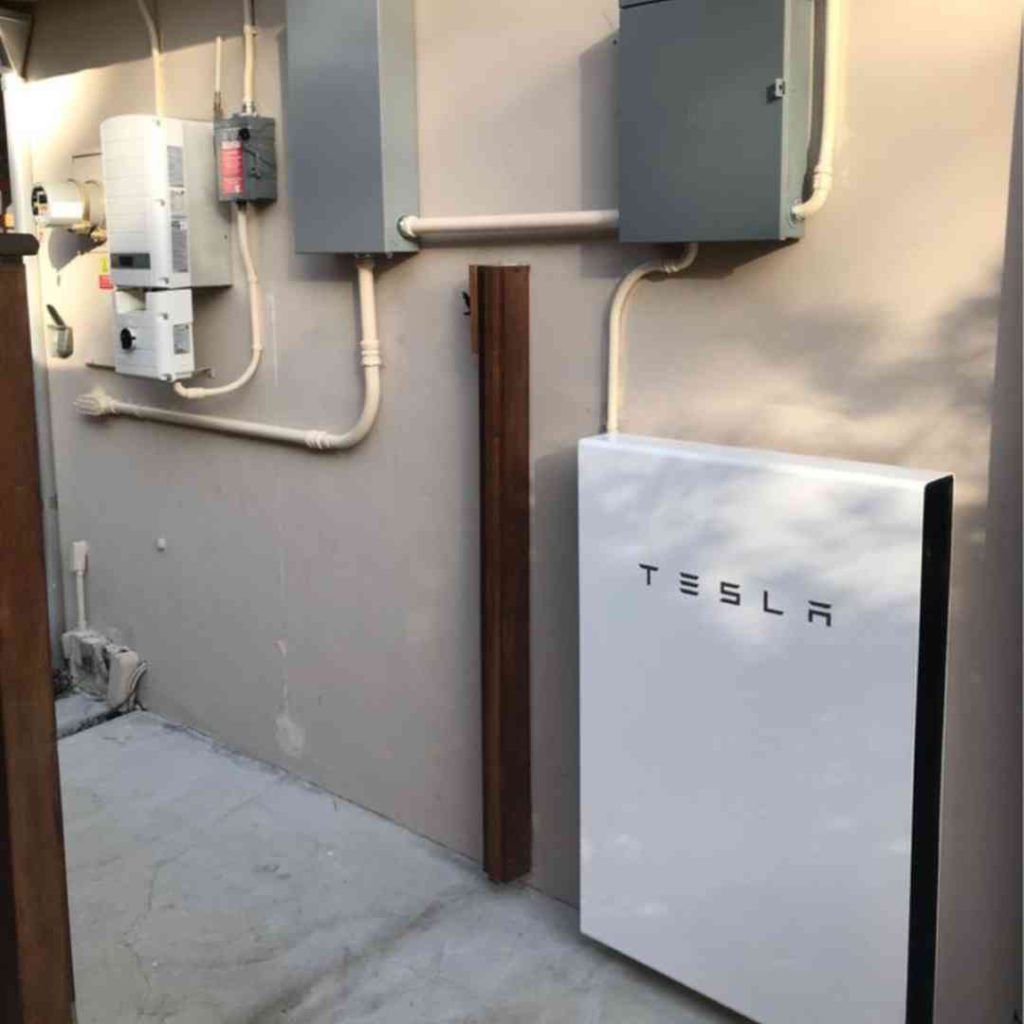
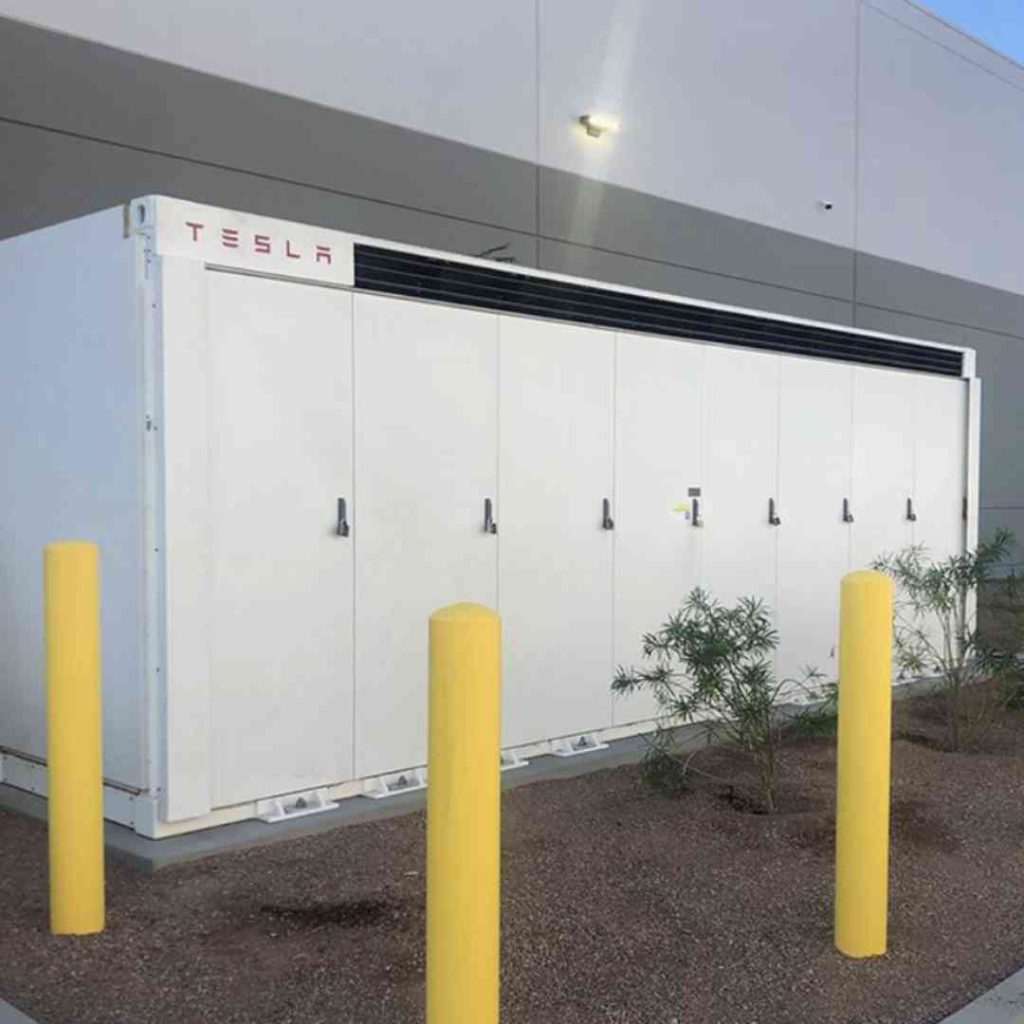
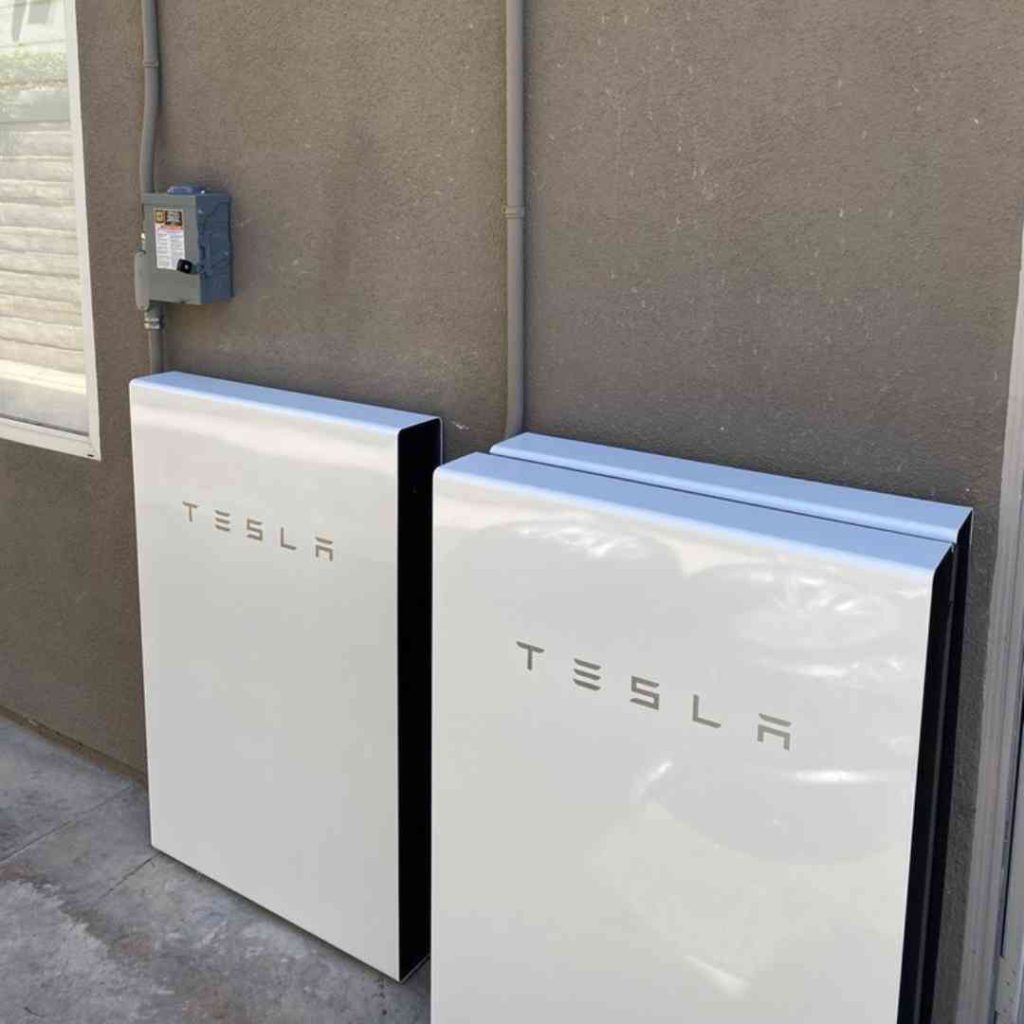
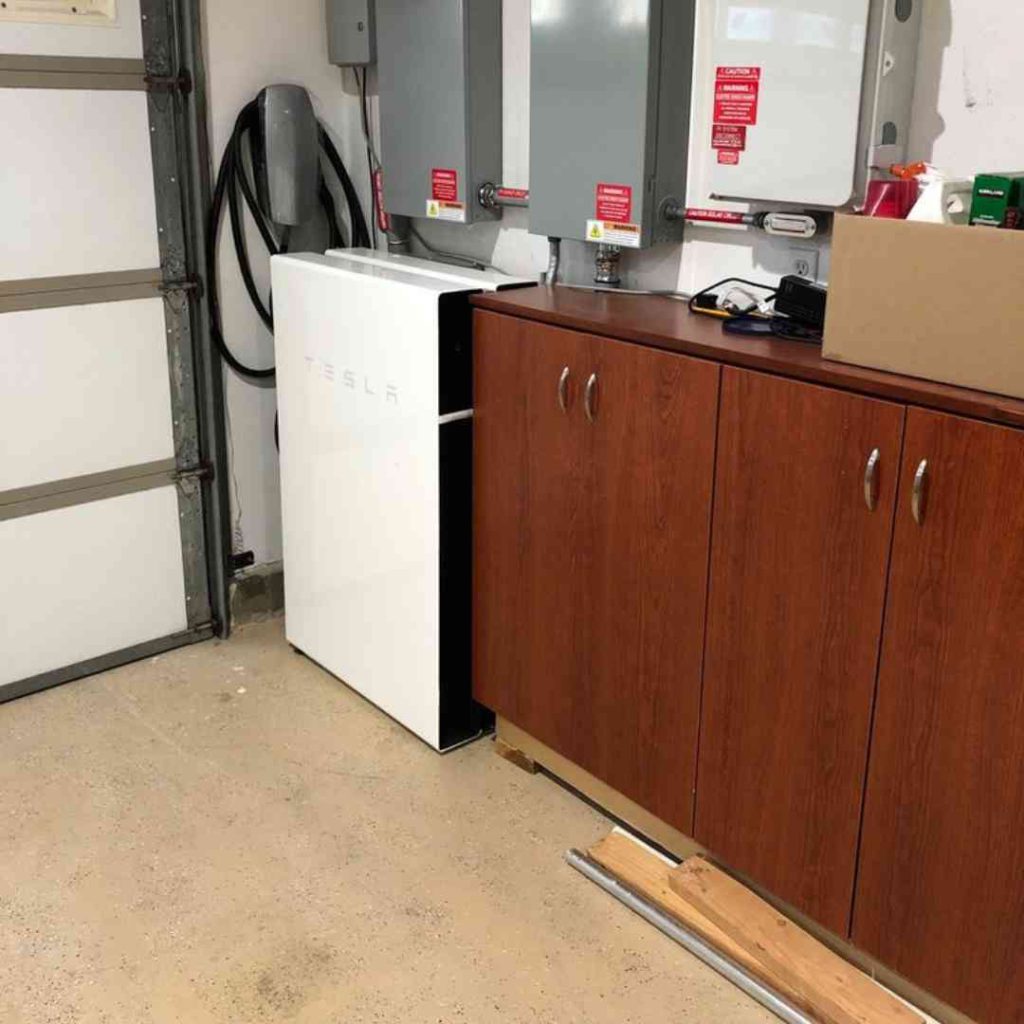





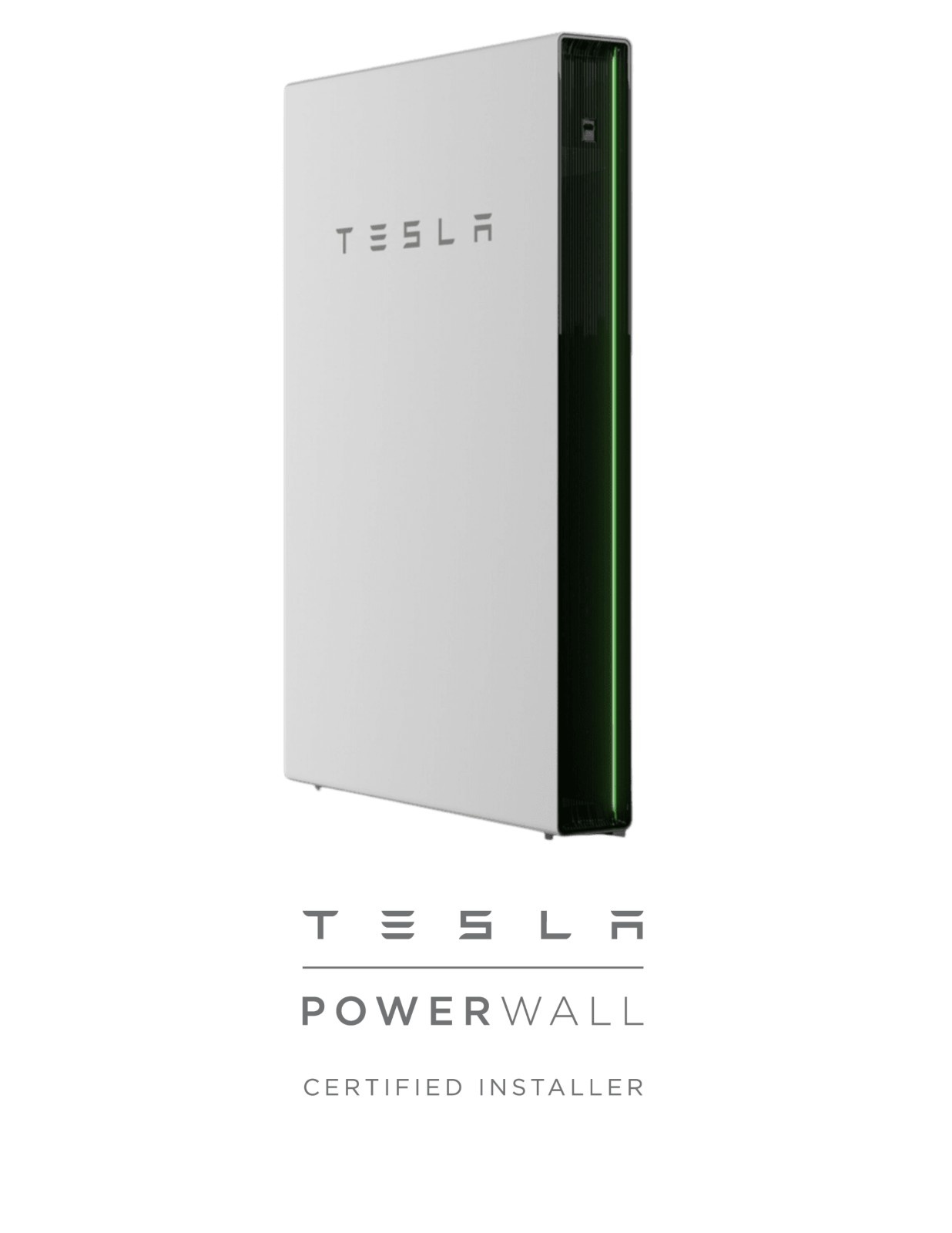

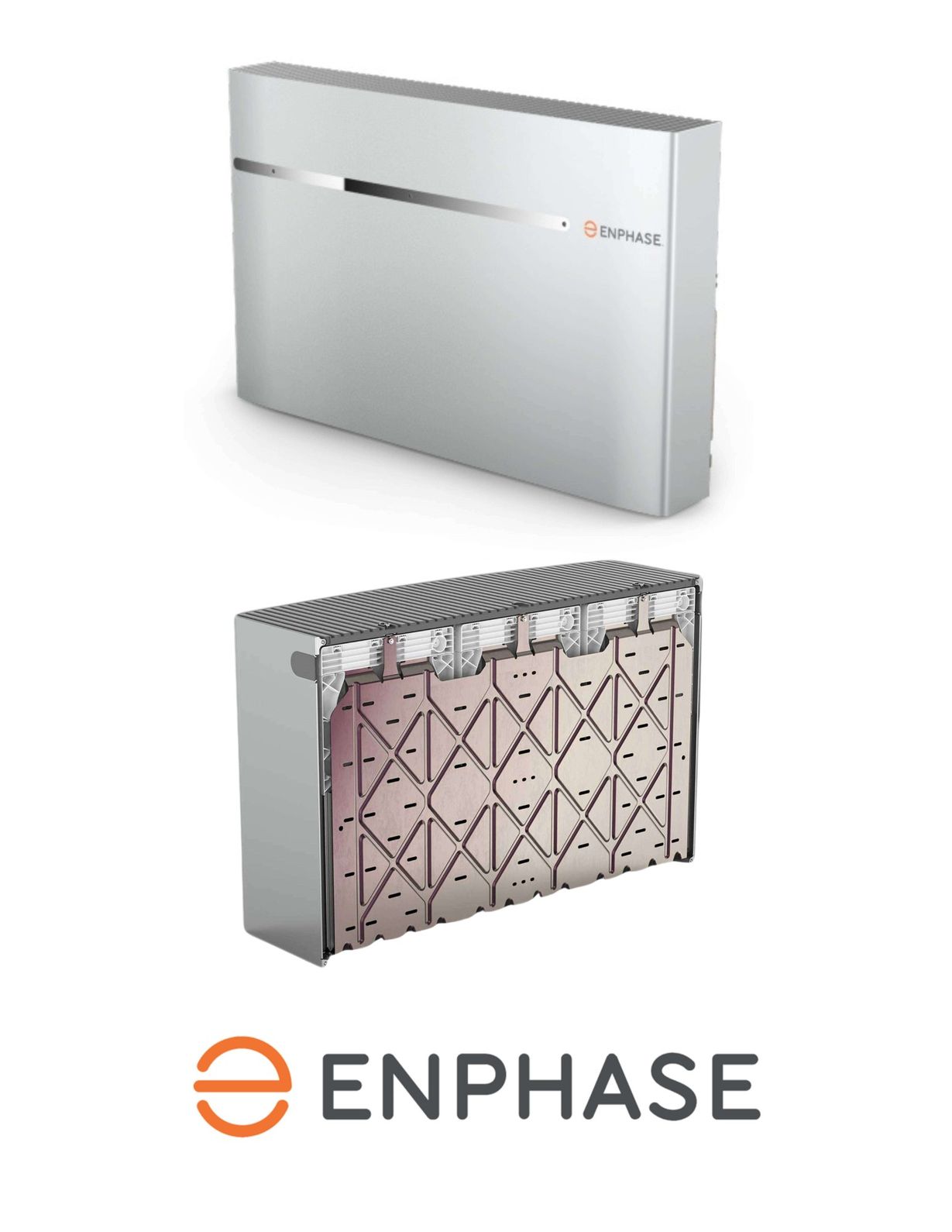
Compare factors like battery capacity, continuous power output, and on-grid vs. off-grid power output - understand the differences in performance and backup capability
Once you understand how different batteries stack up from a performance standpoint, compare the cost - ensure the relative price tags are in line with relative performance
Ensure your investment is backed up by solid warranty coverage - most battery manufacturers offer a 10-year warranty against material defects
The first step to determining how many battery modules you need for your home is to determine exactly what you want to back up, and for how long. Batteries work by backing up individual circuits, so the amount of battery capacity you'll be able to use depends on how your main panel is wired (a Main Panel Upgrade can help you optimize your setup to get the most value from your battery system, and the cost is minor in comparison to the battery system itself). Once you've determined the circuits you want to back up, consider how long you'll need to run them on backup power - just like a phone battery drains more quickly when streaming video, a backup battery will drain faster or slower depending on how much strain is placed on it.
Energy saved in batteries can help offset usage of energy from the grid during peak rate times, when the cost per unit is more expensive.
A grid outage can be extremely disruptive. Backing up essential circuits - or, with additional investment, all circuits - minimizes or eliminates interruptions when the grid goes down.
Off grid systems allow properties to operate entirely independently from traditional energy grids. An off-grid setup is ideal for remote properties and properties that have lower energy demand.
Once you've determined the circuits you want to back up and for how long, it's time to calculate the power demand this will entail. For example, if you want to back up your EV charger, your refrigerator, your air conditioner, and the lights and outlets in your home, for four hours each night in order to avoid peak demand charges, you'll need to determine the amount of power each appliance draws per hour.
In this case, let's assume the EV charger draws 1,000 watts per hour of use (watt hours, or, in this case, 1 kilowatt-hour), and is used for two hours each night to "top off" the battery charge. The A/C draws 3,000 watts per hour, the refrigerator 800 watts per hour, and the lights and outlets draw another approximately 1,000 watts per hour, all running continuously through the 4-hour period. This means the power demand is 5,800 watt-hours (5.8 kWh) for two hours and 4.8 kWh for two hours, for a total of 21.2 kWh of power demand each night. This demand can typically be met with two battery modules, such as the Tesla Powerwall. The exact time of usable backup will depend on user behavior, too - plugging in a few large devices and appliances and running them continuously will cause the batteries to drain faster, and being judicious with energy use will allow the batteries to back up for longer.
The same approach can be taken to determine the power demand to back up other circuits over other lengths of time, as well. Simply add up the approximate power demand of each circuit and appliance, and factor in the length of time they'll need to run (whether intermittently or continuously) and you'll be able to determine the number of battery modules necessary to achieve your goals.
If you already have solar panels, you'll need to determine how much excess power you generate during the day and ensure it aligns with the demand you anticipate backing up to your battery system. You may need to add additional panels in order to accomplish your backup power objectives.
If you are going solar in conjunction with your battery system installation, ensure your solar system design is properly configured to meet your demand during the day and charge your battery system sufficiently to meet your needs.
You’re interested in solar and renewable tech. LA Solar is the perfect partner to help you along the path. We’ll advise you on the best products and solutions for your home, offer them to you at a great value, get the job done right and be there to ensure you get great value for a lifetime. What are you waiting for? Let’s get started!